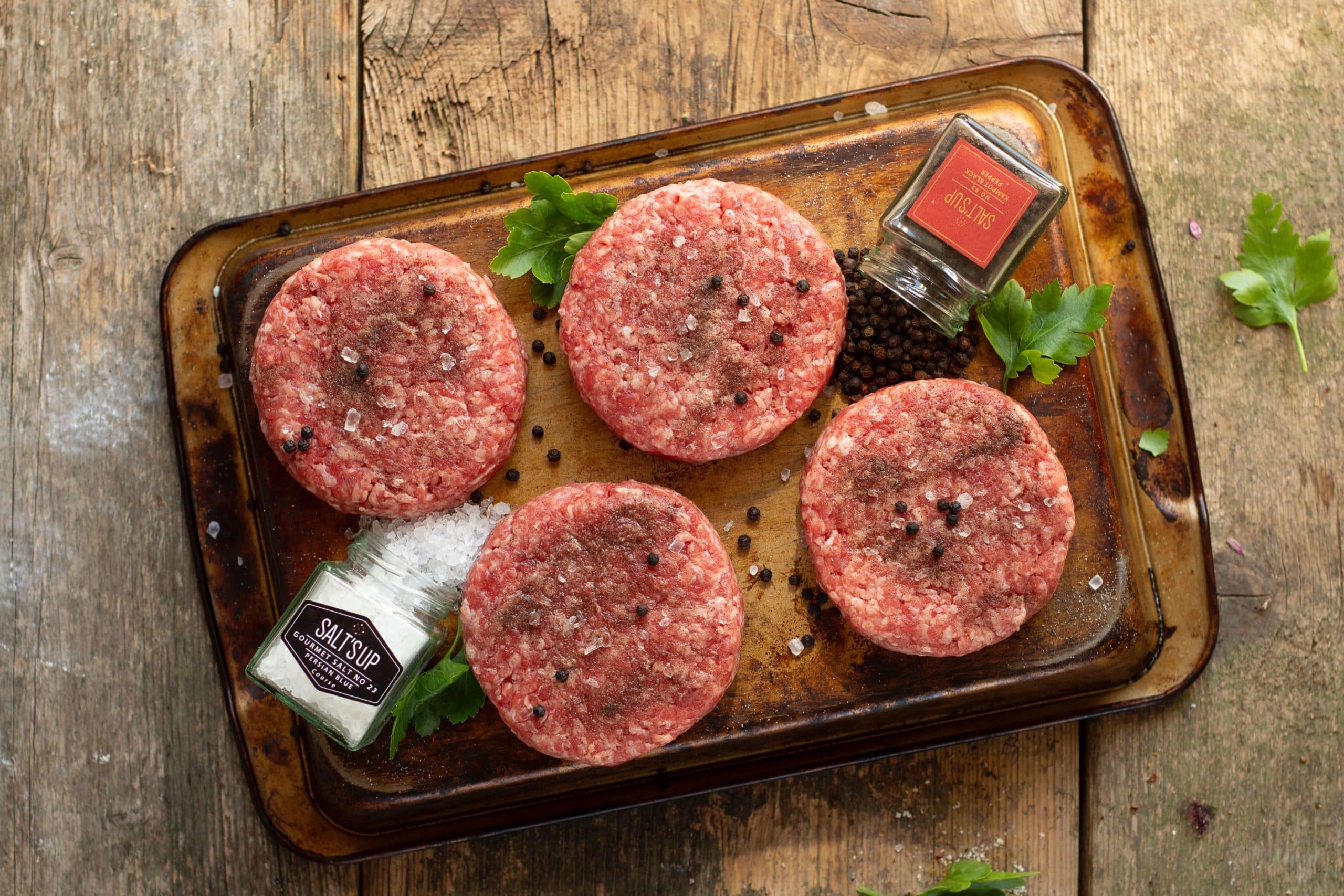Synthetic meat is beginning to emerge as an option for the future. It works as an alternative method to the slaughter of animals -still being tested and not commercialized- with a flavor created in a laboratory through meat cells, but without death.
“With vegetable meats, it is often not possible to achieve the same flavor or textures,” says Elena Díaz, a specialist in Food Technology and Nutrition at INFINITIA. “It is a commitment to sustainability because it is not possible to maintain current meat consumption in the future, nor is it possible to sacrifice animal welfare,” adds Javier Sanz, CEO of the consulting firm.
All in all, the user matters in the decision to manufacture synthetic meat. They have to remain happy with the product or else they won’t buy it. “It is in that combination that synthetic meat emerges as a promising choice for the future,” says Sanz.
To develop it, at INFINITIA we have all the knowledge capabilities, because in all the steps involved in its manufacture – the texture of the food, checking that it has the same appearance or validating whether it is perceived as the same as a normal steak, for example – we surround ourselves with the best equipment.
For this reason, we also know the process by which it is created. “Contrary to what happens with those of vegetable origin, the animal is necessary for these. The stem cells are extracted from it. They are cultivated with proteins and other nutrients – so that they resemble the animal’s muscle – on a material that is edible – such as collagen – to give it shape,” explains Díaz. “What we are trying to do is to subject the cells to mechanical stress so that they function like the muscle of a real animal, but without sacrificing it,” he points out.
In this sense, he stresses that it is “important” that it has an “adequate” appearance so that it can resemble meat and so that the consumer buys it as such, in terms of texture and size.
The next step, once the development is optimized at laboratory level, would be to take it to reactors and be able to do it on a large scale. However, Sanz warns of certain drawbacks, which make him rethink synthetic meat from a different point of view.
The first focuses on cost. The first focuses on cost. “We are trying to reduce costs, among other things, with the decrease in consumption of normal meat, and it is quite expensive to obtain a kilogram of this type of meat”. While he is confident that it will end up being cheaper, Sanz points out that some processes still have to be overcome at a technical level, keeping in mind, all the time, what the consumer is looking for. “The buyer may have a psychological or cultural barrier that would cause them, even if they could find it in a supermarket at an affordable price, not to buy it because they don’t like what they are seeing,” he says.
So, because there are still so many stages to go through, the question INFINITIA asks is: Is artificial meat worth it from a sustainability standpoint? “It is a controversial decision, because there are experts who are reporting that synthetic meat is going to need the same water as cattle and it is not going to be profitable, although others refute this theory claiming that animals are not just about water, as there is also an expense of money in terms of food or antibiotics,” replies Díaz.
Thus, the conclusion we reach is that it is still too early to compare the two productions because, as synthetic meat is not being made in industrial quantities, it is unlikely that the verdict will be accurate.
However, if you are looking for a laboratory capable of resolving this type of doubts regarding synthetic meat, please contact us. We will be pleased to help you.





